If you’ve ever driven down a country road in East Texas, you’ve likely seen cows and other livestock grazing peacefully in pastures. However, every once in a while, a cow may wander off and get onto the road.
This brings up an interesting legal question: If you hit that cow, who’s at fault? Is it the rancher for not keeping their cow enclosed, or is it the driver? Here’s what Texas law has to say about this situation.
My Personal Experience with Livestock on the Road
I have a personal connection to this question. A couple of years ago, my fiancé and I were living off Farm to Market Road 16 in Lindale, Texas. One day, my fiancé was driving home when a cow wandered onto the road.
She ended up hitting the cow’s head. Thankfully, the cow was fine and walked back into its fenced area. But during the conversation with the officer, we learned something that surprised us: If the cow had died, my fiancé would have been responsible for paying the owner for the cow!
This scenario highlights the importance of knowing how Texas law handles such incidents and why, in some cases, the rancher is not at fault.
Texas Law on Livestock and Highways: What You Need to Know
It may sound strange, but it is legal in Texas for cattle and other livestock to roam free. However, each county in Texas has the authority to create its own laws regarding whether livestock can roam freely or must be fenced in.
In some counties, cattle may roam along the roadsides with no legal repercussions. In others, owners are required to have fences to contain their livestock.
It gets even more complicated because laws can vary by county or even by precinct within a county. This means what’s legal in one area of Texas may not be the case in another.
Livestock Laws by County in East Texas
Let’s break it down by county to see how the laws differ:
Smith County (Lindale area): If you own horses, mules, cattle, or similar livestock, you are required by law to keep them in a fenced area.
Gregg County: The law is similar to Smith County. Livestock owners must keep their cattle in a fenced area to prevent them from roaming onto the road.
Cherokee County: This is an open range county, which means livestock owners are not required to fence in their cattle. In Cherokee County, if you hit a cow, you are at fault, not the owner. If cows are in the middle of the road, drivers must wait for them to move or go around them.
What Happens if You Hit a Cow?
In Cherokee County, if you hit a cow that’s roaming free, you are responsible for the damage and potentially any costs associated with the cow’s death. In counties like Smith and Gregg, if cattle are not properly fenced in and wander onto the road, the owner may be held responsible for the damages or injury caused.
Key Points to Keep in Mind
If you’re driving in Cherokee County, be aware that cattle can roam freely, and if you hit one, the rancher won’t be held accountable.
In counties with livestock laws (like Smith or Gregg), the rancher is responsible for keeping livestock enclosed, and if they fail to do so, they could be at fault if an accident occurs.
Even if it’s not the rancher’s fault, you might still be responsible for damage or injury if the cow is on the road, especially if there’s no fence or enclosure preventing it from roaming.

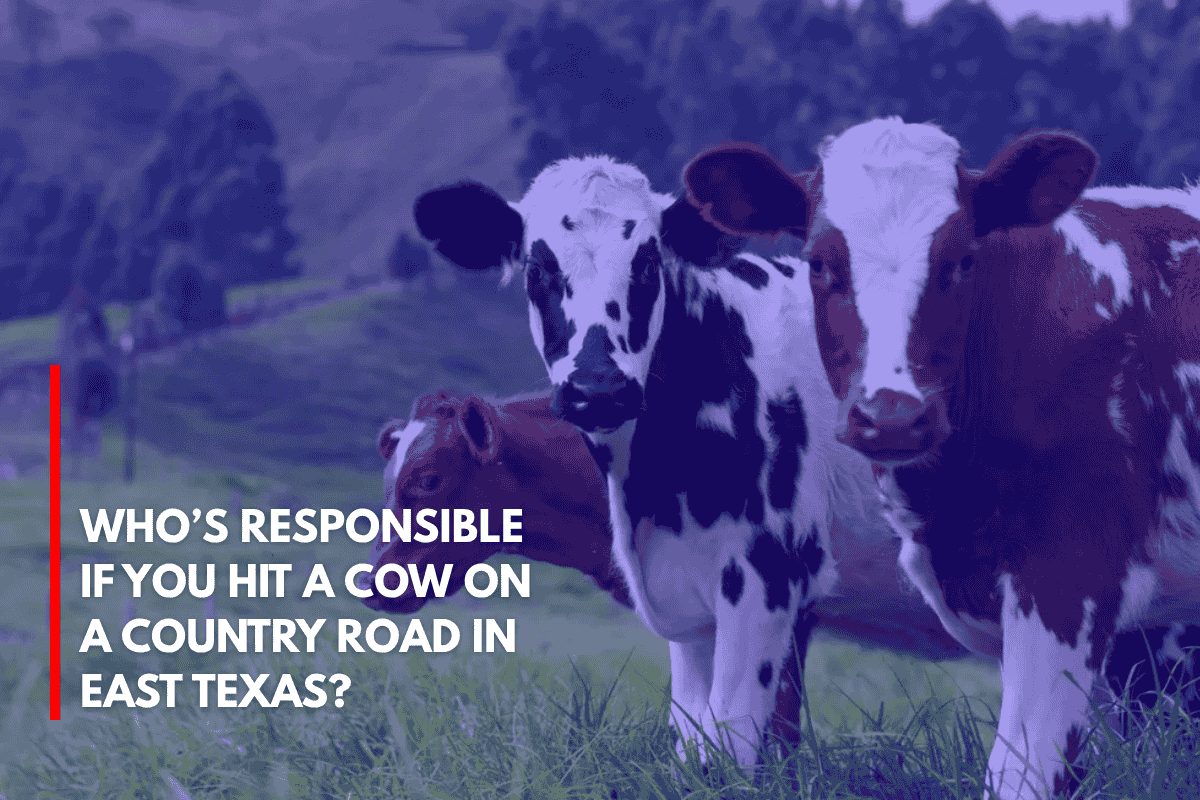
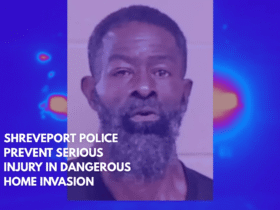



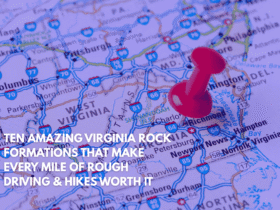
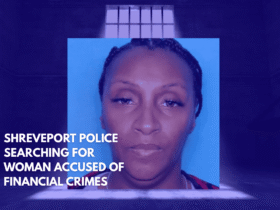


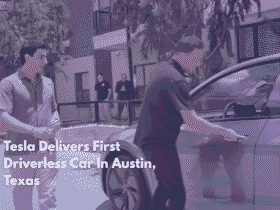
Leave a Reply